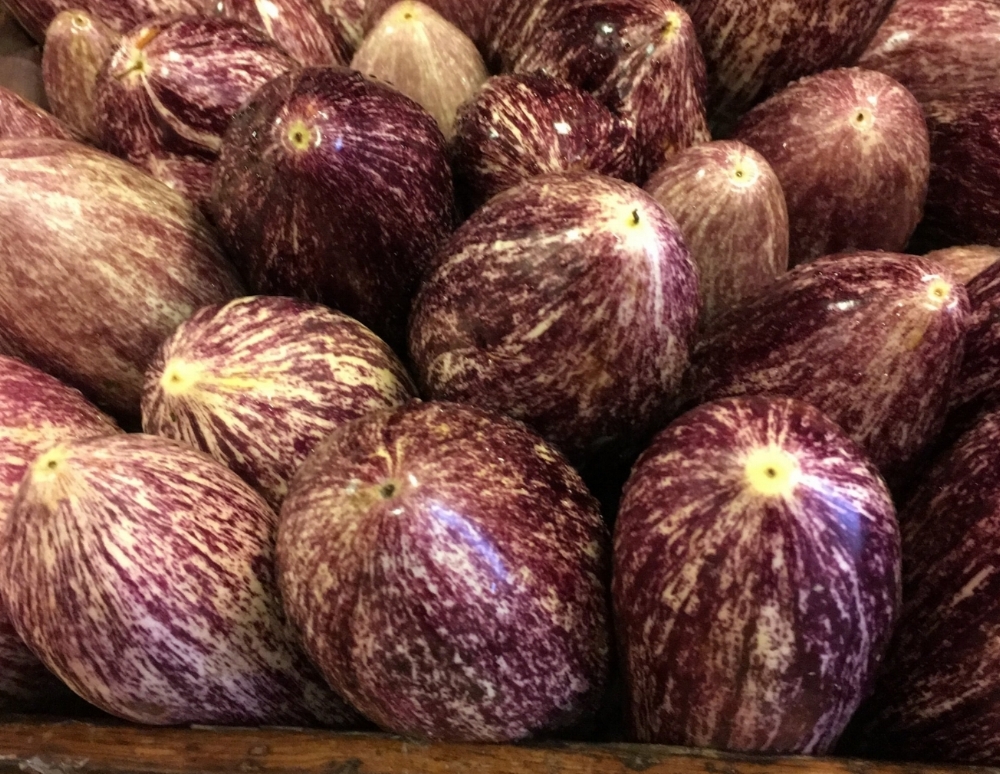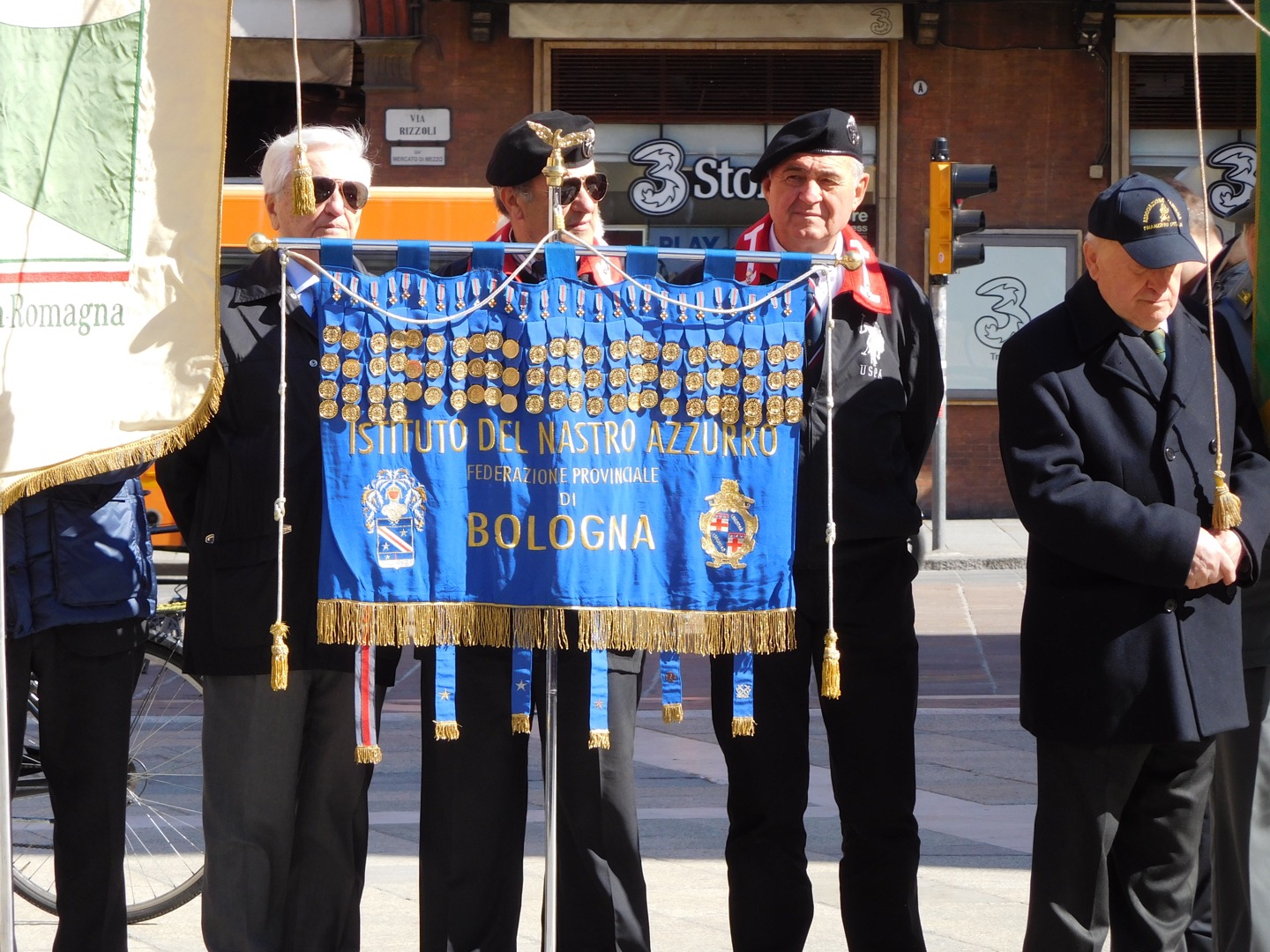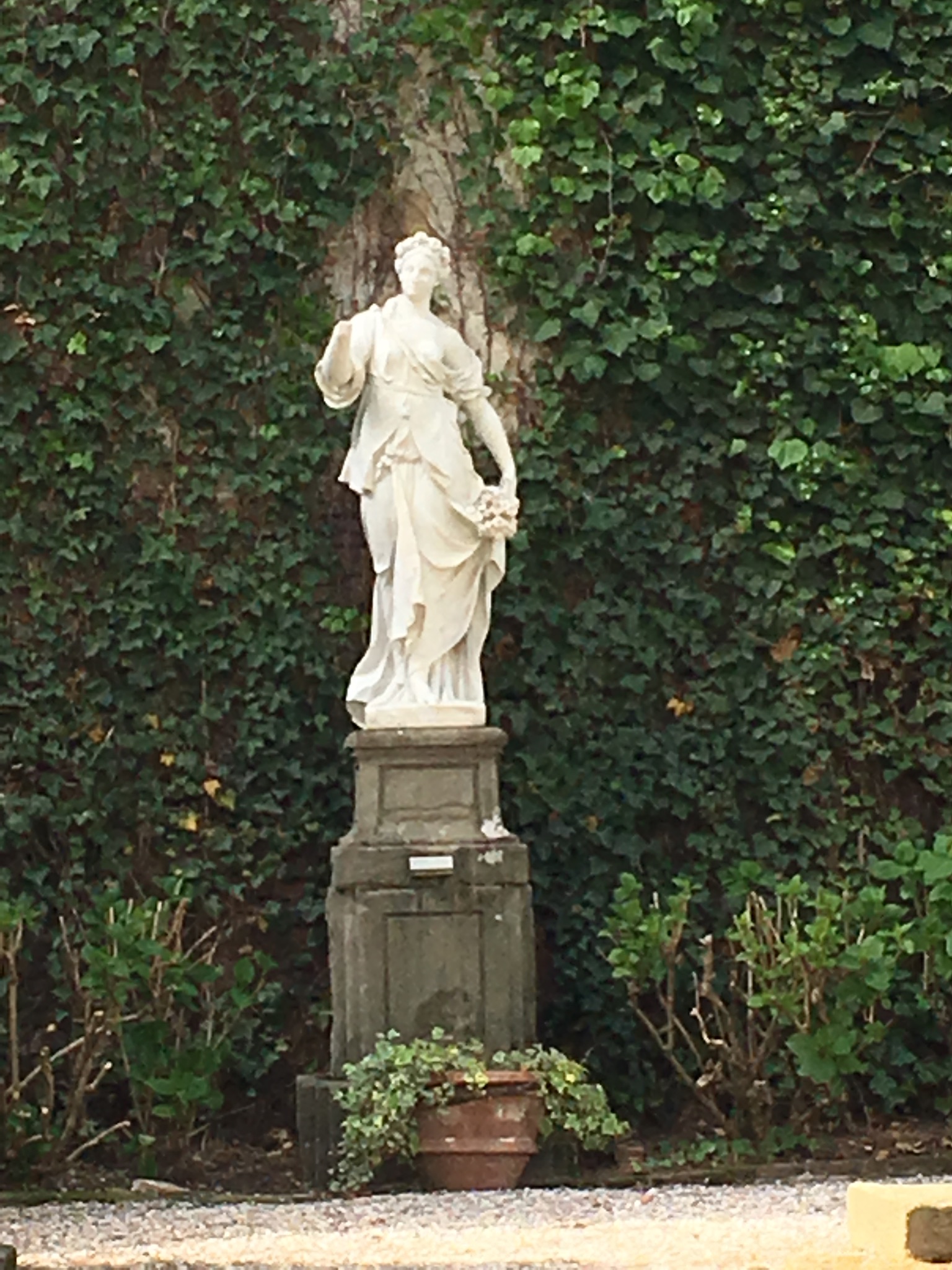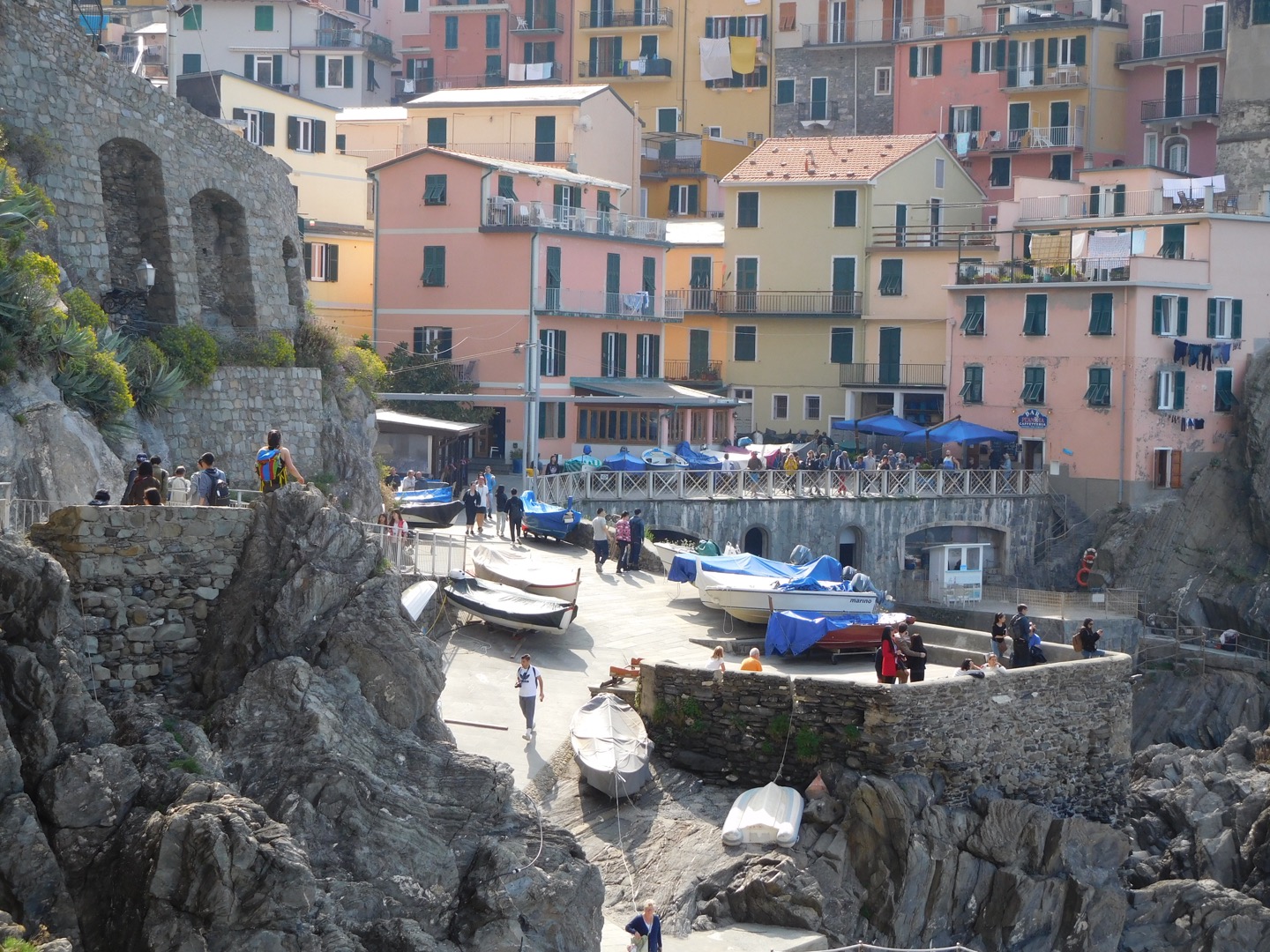Fagiolini Verde
I admit it, I'm a food nerd. I love reading recipes. I find mountains of purple artichokes or eggplant stunningly beautiful. The scent of good (some might say stinky) cheese is like perfume to me. And the first salty bite of a fresh focaccia is a sensual delight. Yes, I'm a food nerd.
One of the things I love most about Italy is that it is heaven on earth for food nerds like me. The "slow food" atmosphere, the focus on quality over shelf life, the regional specialties, the artisanal bakers, cheese makers, and producers of salumi - all these things contribute to the fact that I love shopping, cooking, and dining here. It's also one of the reasons I like to have an apartment - apartments come with kitchens and kitchens are the pathway to experimenting with the use of local ingredients to make simple, seasonal, and tasty dishes.
Colorful eggplant at the Ortofrutta.
My favorite place to buy fruits and vegetables in Lucca is the Ortofrutta in Piazza Salvatore. I love the eye-catching colors of the produce, the artful way they are arranged, the changing selection based on season and freshness, the friendly staff, and the whole process of purchasing here - pick out the fruits and veggies, put them in little paper bags, bring them to the counter to be weighed and priced, and then take your receipt to the cassa (cash register) to pay. No grocery store can compare!
Another view of the Ortofrutta, so much more charming than my local grocery store at home!
In addition to produce, the Ortofrutta has flavorful foods to go (think homemade pesto and other sauces, cooked spinach, little trays of lasagna, olives), along with basics - milk, eggs, dried pasta, jams, olive oils, canned tuna, wine.
Prepared foods to go.
Recently I went to the Ortofrutta without a clear idea of what I wanted to cook. I found beautiful, tiny fagiolini verde (the kind of green beans we would call by their French name, haricot vert) and pretty lemons. Together, they inspired me to make marinated green beans - a perfect accompaniment to the chicken I roasted for dinner.
Here's how I prepared them (amounts are approximate and based on kitchen spoons, not measuring spoons). Experiment!
Simple ingredients for the marinade.
Marinated Green Beans
Start with 2 big handfuls of fagiolini verde (using tiny green beans is key), cooked in boiling water until just fork tender (about 6 - 7 minutes). Rinse in cold water, let cool a few minutes, and then toss with marinade while beans are still warm.
Marinade:
1 teaspoon of Dijon mustard (use more or less to taste)
Juice of 1/2 medium lemon
A few shakes of good sea salt and black pepper (taste finished marinade and correct to taste)
Whisk well and slowly drizzle in about 4 tablespoons of good olive oil, whisking to emulsify
Pour half of the marinade over the cooked green beans, toss, and let sit at room temperature for 1 - 2 hours. Toss again before serving.
Finished marinated green beans.
Save the other half of the marinade to use on a salad or to pour over steamed asparagus - that's what I did a couple of days later when I found beautiful asparagus at the market.
Same marinade, different veggie.
That's it! When you start with great ingredients and blend in a little creativity, you end with great taste.
-post by JB









































